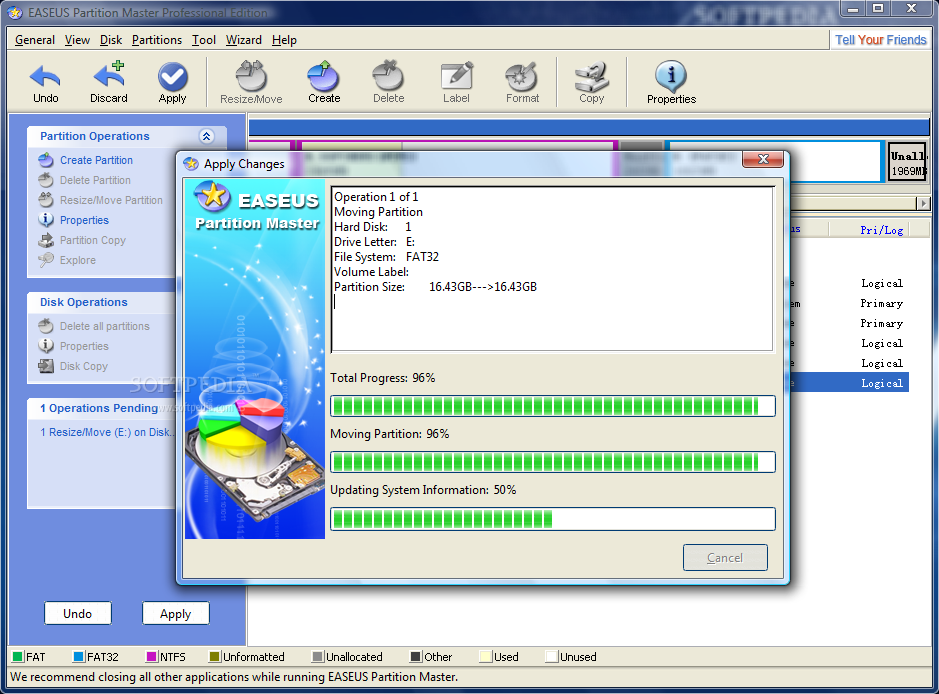
Linux implementation is similar to the HP-UX LVM implementation.ģ.4 Veritas Volumne Manager. Implementation is available from Veritas which works differently. The OSF version was then used as a base for the HP-UX andĭigital UNIX operating system LVM implementations. LVM was initially developed by IBM and subsequently adoptedīy the OSF (now OpenGroup) for their OSF/1 operating system. OnceĬreated, logical volumes can be used like regular disk partitions - to create The size of a logical volume is determined by its number of extents. Represent only a portion of one physical volume. A logical volume can span a number of physical volumes or The pool of disk space that is represented by a volume group canīe apportioned into virtual partitions, called logical volumes (LV) of

Unit of data storage (think of it as a virtual disk consisting of one or more Once created, the volume group, and not the disk, is the basic There can be more than one volume group in the A volume group can consist of one or more Into fixed-sized continuous partitions, LVM allows the user to considerĭisks, also known as physical volumes (PV), as a pool (or volume) ofĭata storage, consisting of equal-sized extents.Ī LVM system consists of arbitrary groups of physical volumes, organized Unlike current partition schemes where disks are divided Physical devices and the block I/O interface in the kernel to allow a logical The Logical Volume Manager adds an additional layer between the Storage management which has become a de-facto standard for storage The Logical Volume Manager (LVM) is a subsystem for on-line disk Presentations and more documentation on LVM. Second generation, enhanced XLVįrom by Heinz Mauelshagen. Is a negligible performance penalty for using XLV when compared toĪccessing the disk directly although plexing (mirroring data) will mildlyģ.2 SGI XVM Volume Manager. Logical volume can be assembled even if some pieces are missing. These labels are stored on each disk and will be replicated so that a

The volume manager stores all configuration data in the disk’s labels. A logical volume might include partitionsįrom several physical disks and, thus, be larger than any of the physicalįilesystems built on these volumes can be created, mounted, and used

Filesystems, databases, and other applications access the Regular disk partitions and appear as block and character devices in the The use of volumes enables XFS to create filesystems or raw devices plexing (mirroring) volumes for a more reliable disk striping volumes for a larger disk with more bandwidth concatenating volumes for a larger disk Many physical disks providing important features such as the following Yet, a logical volume is a faster, more reliable "disk" made from
#Volume manager disk software
Software "sees" the logical volumes created by XLV exactly like disks. The system’s disks and isolates the higher layers of the filesystem andĪpplications from the details of the hardware. The volume manager provides an operational interface to The xlv volume manager (XLV) is an integral part of the XFS


 0 kommentar(er)
0 kommentar(er)
